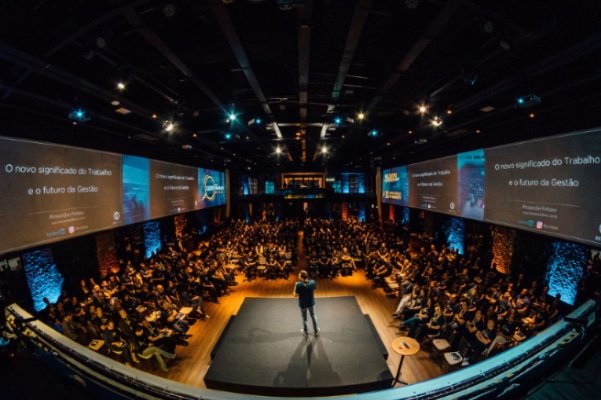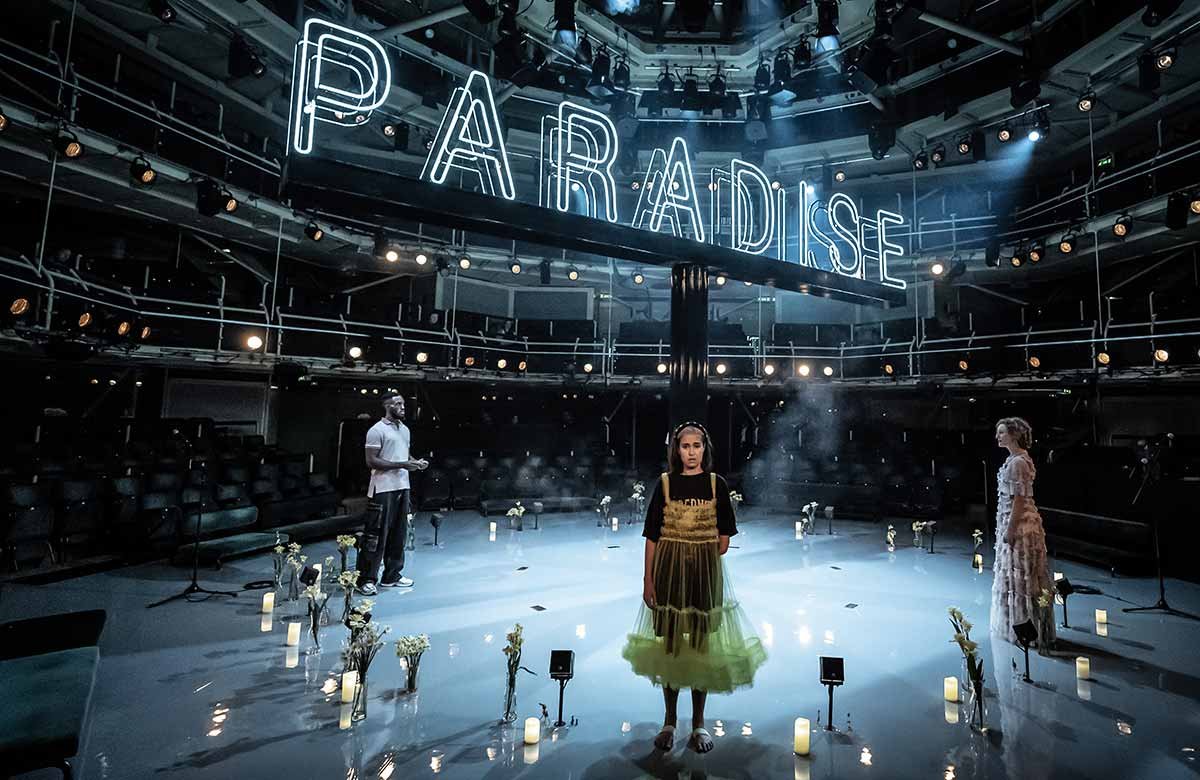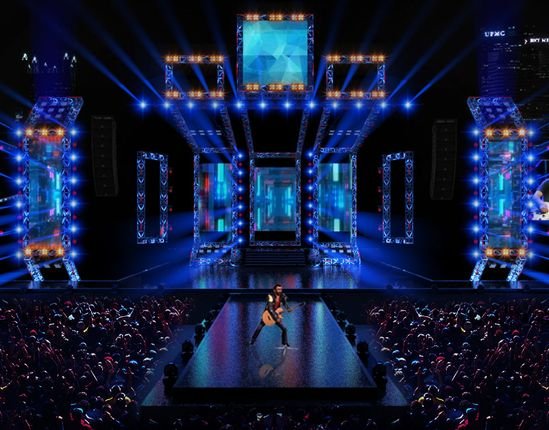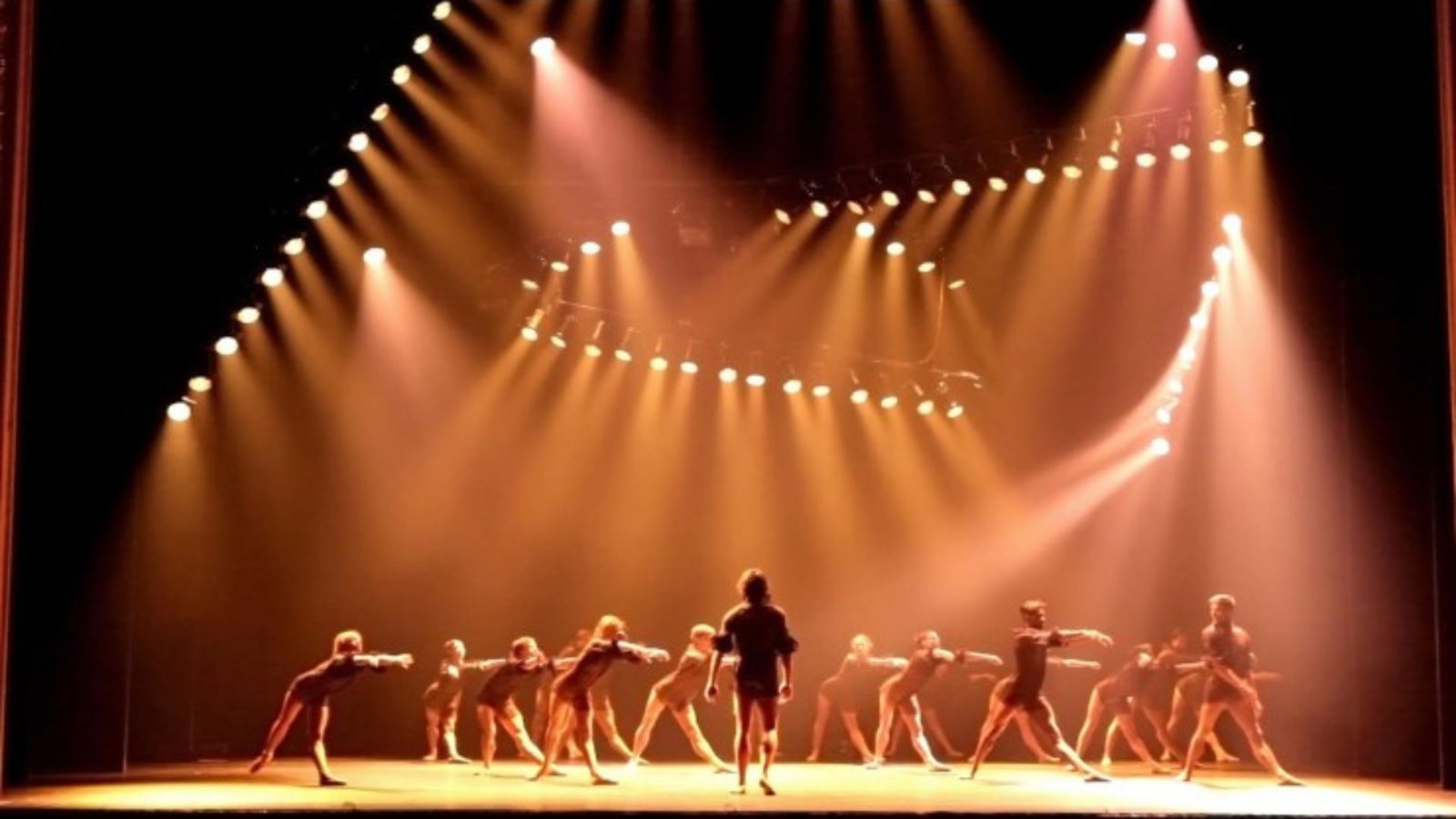Conference Stage Design Layouts play a critical role in shaping the effectiveness and impact of a professional event. A well-planned stage layout not only facilitates smooth presentations but also engages the audience and supports the overall event objectives. Here, we explore key considerations and strategies for creating effective Conference Stage Design Layouts that ensure a successful and engaging conference.
Optimize Stage Visibility and Accessibility
The first principle in Conference Stage Design Layouts is optimizing visibility and accessibility for all attendees. The stage should be positioned to provide a clear view from every seat in the conference room. For this reason, consider elevating the stage to ensure that even those sitting at the back have an unobstructed view. Additionally, ensure that the stage is easily accessible for speakers and presenters, with ramps or elevators if necessary. By prioritizing visibility and accessibility, you create an inclusive environment where everyone can fully participate in the conference.

Incorporate Flexible Seating Arrangements
Another important aspect of Conference Stage Design Layouts is incorporating flexible seating arrangements. Depending on the nature of the conference, you might need different seating configurations such as theater, classroom, or U-shape layouts. The theater layout is ideal for large audiences and presentations, while the classroom setup works well for sessions that involve note-taking and interaction. The U-shape arrangement encourages discussion and interaction among participants. By choosing a flexible seating arrangement, you can tailor the stage design to meet the specific needs of the conference.
Utilize Advanced Technology
Incorporating advanced technology is a key element of effective Conference Stage Design Layouts. Modern conferences often rely on technology for presentations, live streaming, and audience interaction. Integrate high-quality audiovisual equipment, including large screens, projectors, and sound systems, to enhance the overall experience. Additionally, consider using interactive elements such as live polls and Q&A sessions to engage the audience. By incorporating advanced technology, you ensure that the conference runs smoothly and that participants remain engaged and informed.
Plan for Effective Stage Layout and Design
When creating Conference Stage Design Layouts, it’s crucial to plan the layout to support the flow of the event. This includes arranging the stage to accommodate different types of presentations and activities. For instance, if the conference includes panel discussions, ensure there is enough space for the panelists and a designated area for the moderator. Additionally, design the stage with clear signage and pathways to guide attendees to and from the stage area. A well-planned stage layout enhances the efficiency of the event and ensures that all activities proceed seamlessly.
Enhance Aesthetics and Branding
The final aspect of Conference Stage Design Layouts involves enhancing aesthetics and branding. The stage design should reflect the theme and branding of the conference, creating a cohesive and professional appearance. Incorporate branding elements such as logos, color schemes, and themed decorations to reinforce the conference’s identity. Additionally, ensure that the stage design is visually appealing, with a clean and organized layout that enhances the overall atmosphere. By focusing on aesthetics and branding, you create a memorable and impactful conference experience.
Conclusion
Effective Conference Stage Design Layouts are essential for creating a successful and engaging conference. By optimizing stage visibility and accessibility, incorporating flexible seating arrangements, utilizing advanced technology, planning for effective stage layout, and enhancing aesthetics and branding, you can ensure that your conference runs smoothly and achieves its objectives. A well-designed stage not only facilitates seamless presentations but also enhances audience engagement and satisfaction. Embrace these strategies to create a conference stage that supports a professional and memorable event experience.




